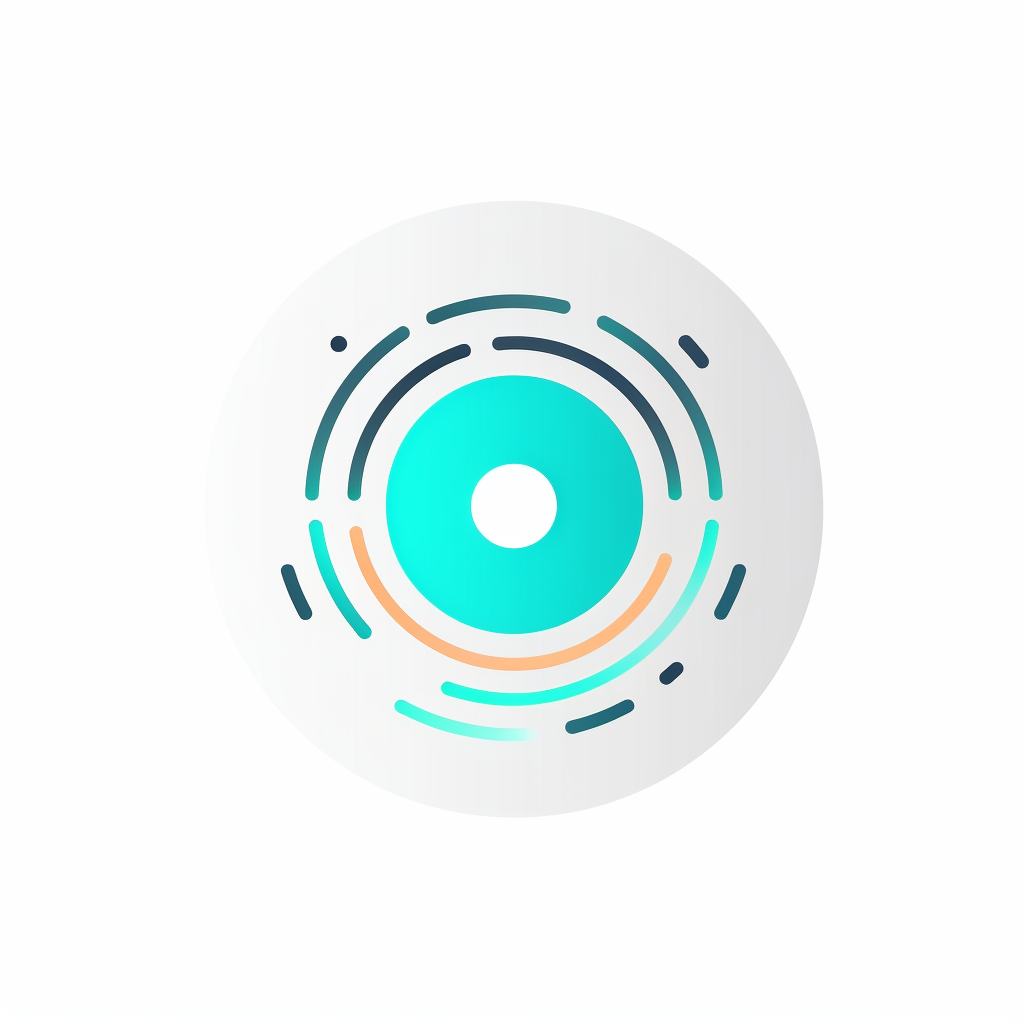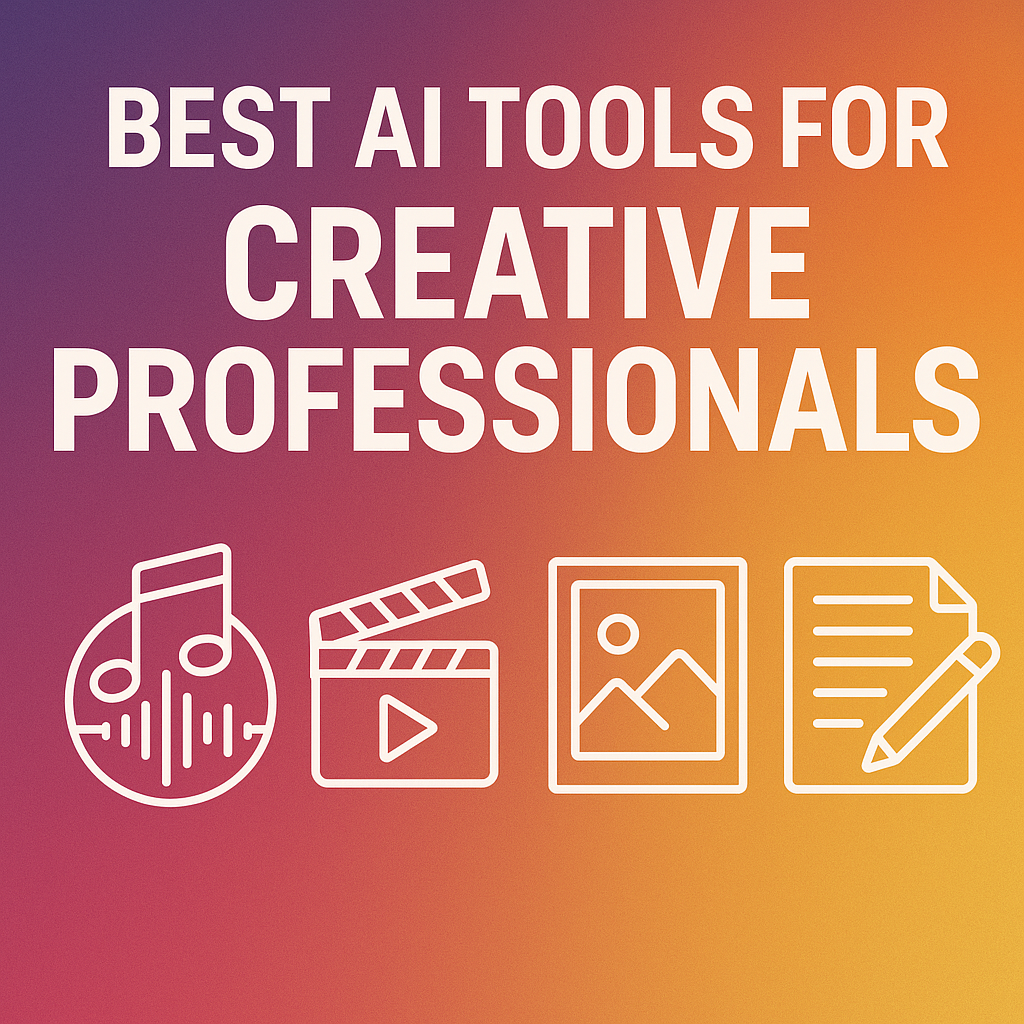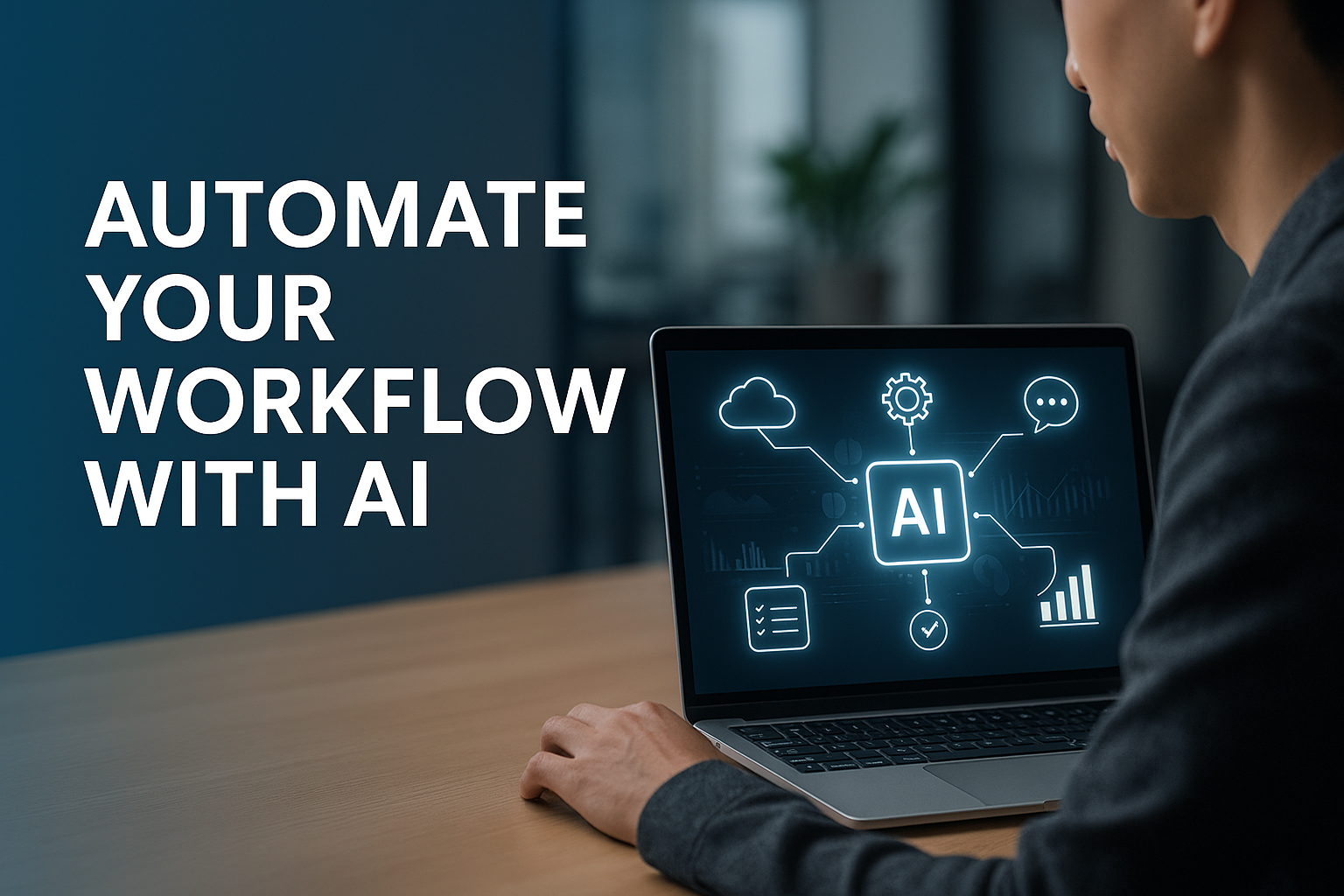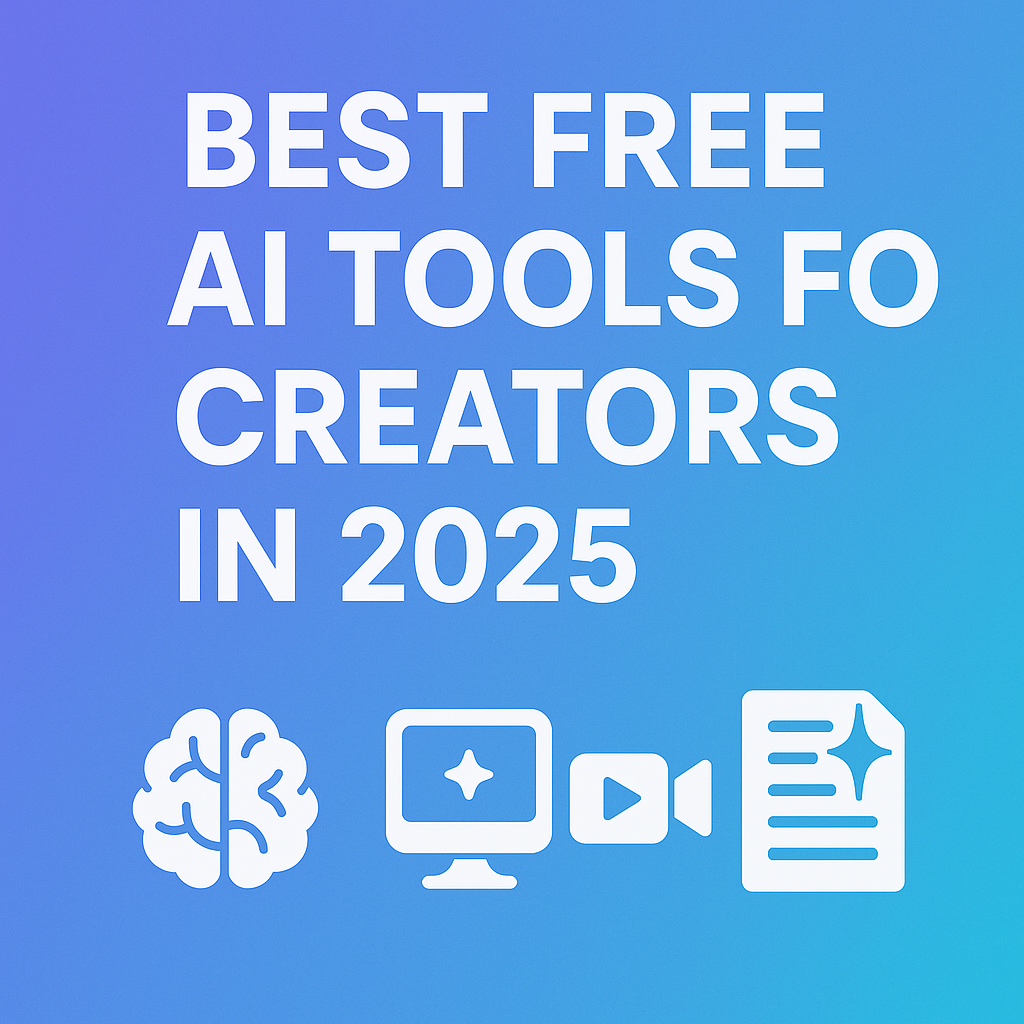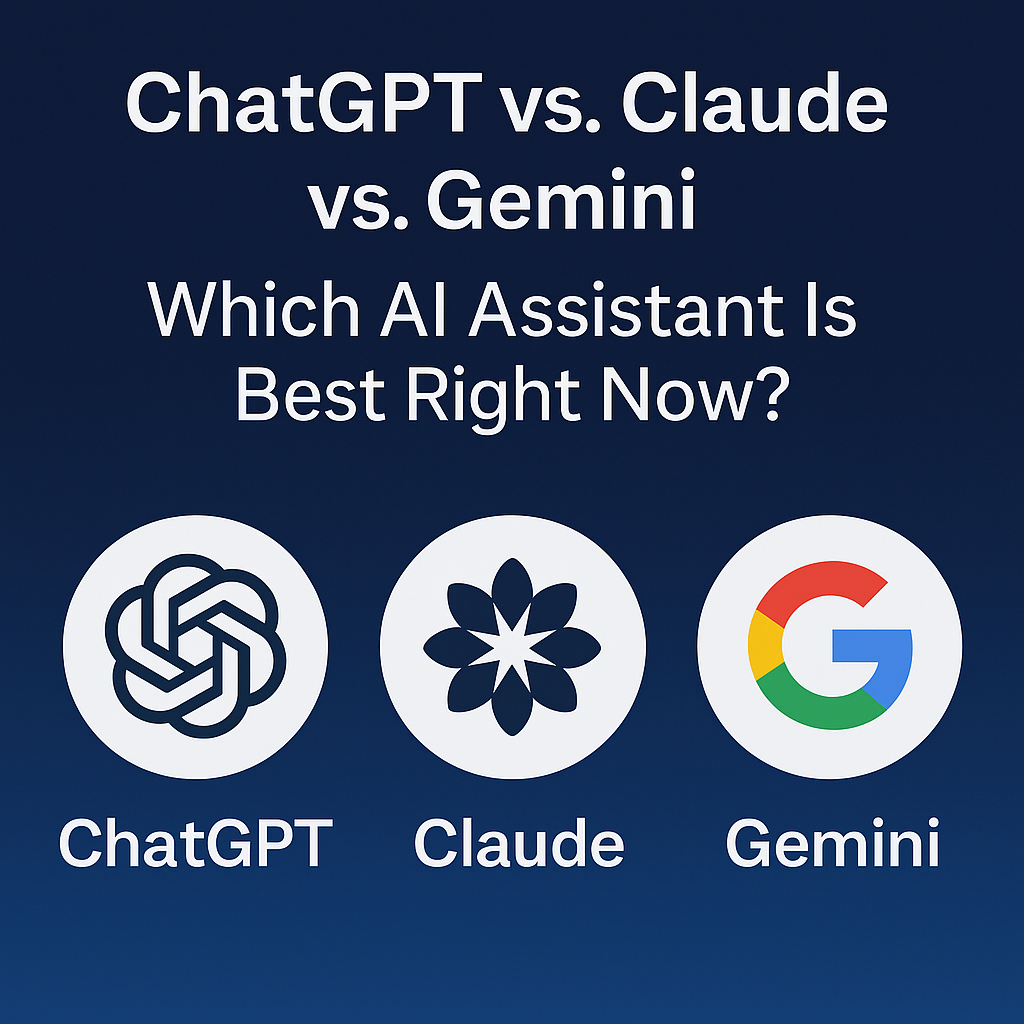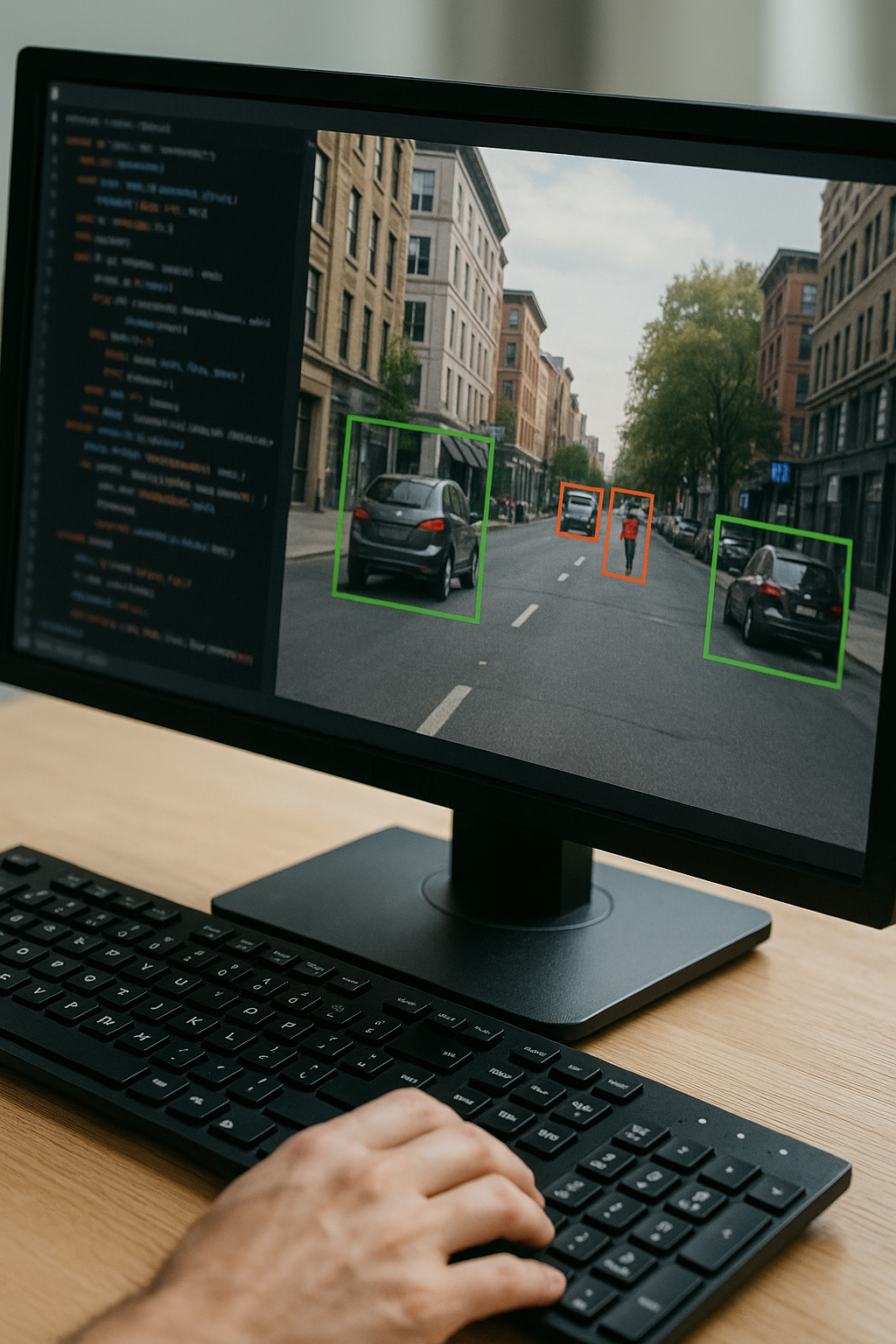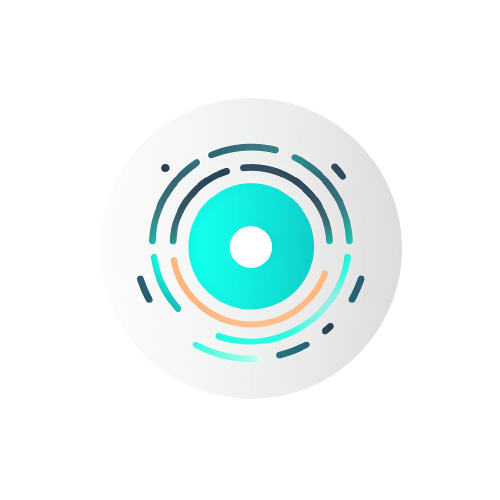AI Headlines
A Week of Breakthroughs
The past week has been a whirlwind of AI advancements, from groundbreaking research to innovative applications. Here are the top seven news stories that have captured the attention of the AI community and beyond.
AI-Powered Self-Driving Cars Achieve Level 5 Autonomy
In a groundbreaking development for autonomous vehicles, a leading tech company has announced that its self-driving cars have reached Level 5 autonomy. This milestone means the vehicles can operate without human intervention in any driving scenario, including complex urban environments, rural areas, and extreme weather conditions.
The achievement comes after years of intensive research, development, and real-world testing. The company's AI system uses a combination of advanced sensors, including LiDAR, radar, and high-resolution cameras, to create a detailed 3D map of its surroundings. This data is processed in real-time by sophisticated machine learning algorithms that can predict the behavior of other road users and make split-second decisions.
The implications of this breakthrough are far-reaching. Level 5 autonomous vehicles promise to dramatically reduce traffic accidents, as human error is eliminated from the equation. They also offer increased mobility for those unable to drive, such as the elderly or disabled. Moreover, these vehicles could revolutionize transportation logistics, enabling more efficient and cost-effective delivery services.
However, the widespread adoption of Level 5 autonomous vehicles still faces several challenges, including regulatory hurdles, public acceptance, and the need for updated infrastructure. Despite these obstacles, many experts believe that this technology will fundamentally reshape our transportation systems within the next decade.
AI Cracks the Code of Protein Folding
A team of researchers made a monumental breakthrough in structural biology by solving the protein folding problem, a challenge that has perplexed scientists for decades. Using advanced AI techniques, specifically a deep learning system, they have successfully predicted the 3D structure of proteins with near-atomic precision.
Proteins are complex molecules that play crucial roles in almost every biological process. Their function is determined by their three-dimensional shape, which is in turn determined by how they fold. Understanding this folding process has been a holy grail of molecular biology, as it could unlock new pathways for drug discovery and disease treatment.
The AI system, trained on a vast database of known protein structures, can now predict the shape of a protein from its amino acid sequence alone. This process, which took months or years of laboratory work, can now be completed in days.
The implications of this breakthrough are profound. It could accelerate the development of new drugs for a wide range of diseases, from cancer to infectious diseases. It also opens up new possibilities in fields such as synthetic biology, where custom-designed proteins could be created for specific functions.
Moreover, this achievement demonstrates the power of AI to solve complex scientific problems that have resisted traditional approaches. It underscores the potential of AI as a tool for scientific discovery and innovation across various disciplines.
AI-Generated Art Wins Top Prize at Art Competition
In a watershed moment for artificial intelligence and the art world, an artwork created entirely by an AI system has won first prize at a prestigious international art competition. The piece, a complex abstract painting, was indistinguishable from human-created art and received high praise from the judges for its creativity, composition, and emotional depth.
The AI system responsible for the artwork was trained on a vast database of historical and contemporary art. Using advanced generative adversarial networks (GANs), it learned to create original pieces that push the boundaries of artistic expression. The winning piece was selected from thousands of AI-generated entries and human-created works.
This event has sparked intense debate in the art community about the nature of creativity and the future of artistic expression. Some argue that AI-generated art lacks the emotional depth and intentionality of human-created works, while others see it as a new frontier in artistic exploration.
The implications of this development extend beyond the art world. It raises questions about the potential of AI to engage in creative tasks traditionally thought to be the exclusive domain of humans. It also challenges our understanding of concepts like originality and authorship in the age of artificial intelligence.
As AI continues to evolve, it's likely we'll see more instances of AI-generated content in various creative fields, from music composition to literature. This could lead to new forms of human-AI collaboration in the creative process, blurring the lines between human and machine creativity.
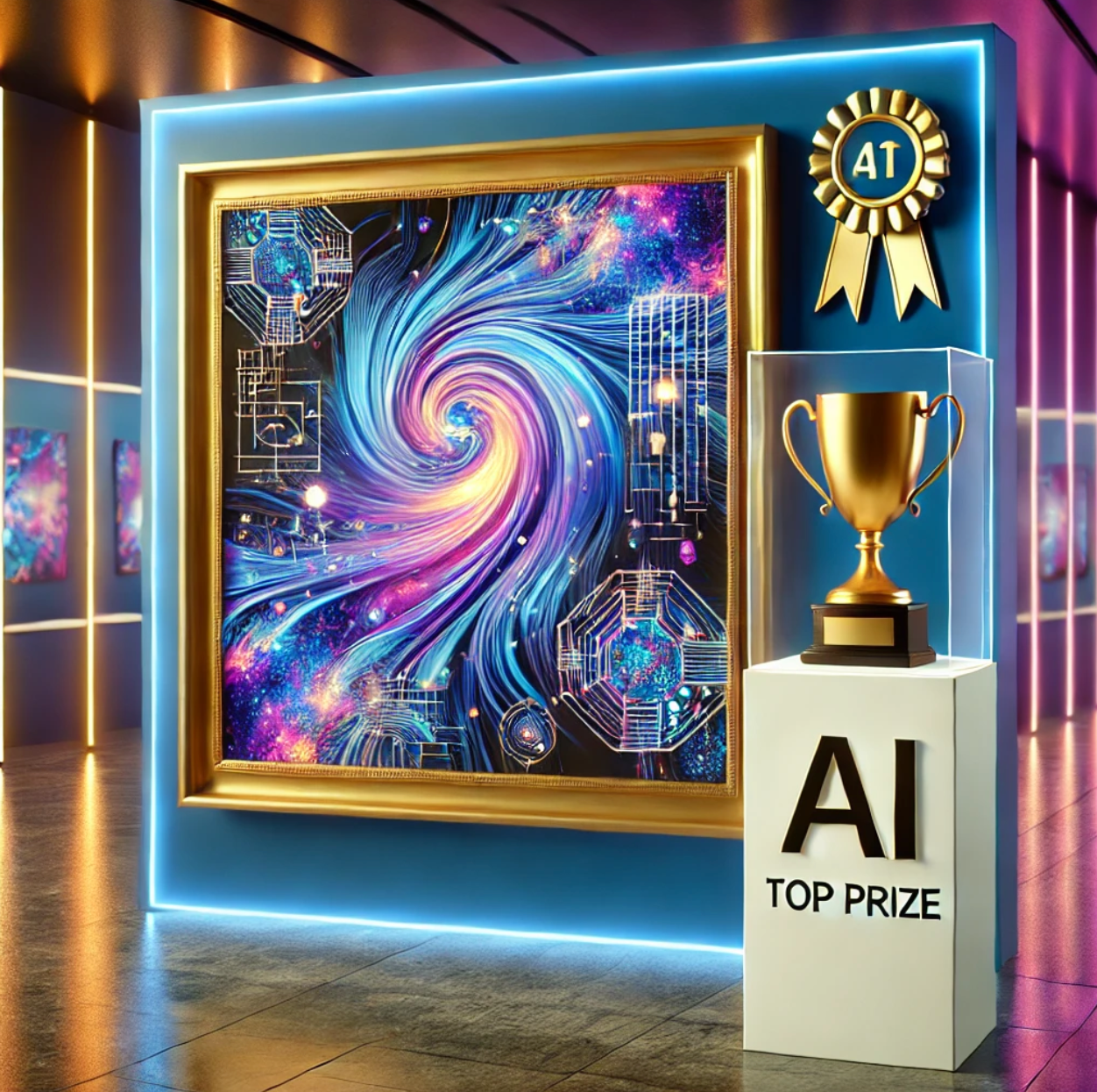
AI Assists in Climate Change Research
Artificial Intelligence is emerging as a powerful tool in the fight against climate change, one of the most pressing challenges of our time. Researchers and scientists are leveraging AI's ability to analyze vast amounts of data, identify patterns, and generate predictive models to develop innovative solutions for mitigating and adapting to climate change.
One significant application is in climate modeling. AI algorithms can process and analyze data from various sources, including satellite imagery, weather stations, and ocean sensors, to create more accurate and detailed climate models. These models help scientists better understand climate patterns and predict future changes with greater precision.
AI is also being used to optimize energy consumption and promote renewable energy adoption. Machine learning algorithms can analyze energy usage patterns in buildings and industrial processes, identifying opportunities for improved efficiency. In the renewable energy sector, AI is helping to predict energy output from solar and wind farms, enabling better grid management and integration of these variable energy sources.
In agriculture, AI-powered systems are helping farmers adapt to changing climate conditions. These systems can analyze soil conditions, weather patterns, and crop data to provide personalized recommendations for planting times, irrigation, and pest control, helping to increase crop yields while reducing water and pesticide use.
AI is also playing a crucial role in monitoring and protecting ecosystems. Machine learning algorithms can analyze satellite imagery to detect deforestation, track wildlife populations, and monitor coral reef health. This information is vital for conservation efforts and policymaking.
Furthermore, AI is being employed to develop new materials and technologies for carbon capture and storage, a critical component of many climate change mitigation strategies.
As climate change continues to pose significant challenges, the role of AI in developing solutions is likely to grow. However, it's important to note that while AI is a powerful tool, addressing climate change will require a multifaceted approach involving policy changes, technological innovations, and shifts in human behavior.
AI-Powered Language Translation Breaks New Ground
Recent advancements in AI-powered language translation are bringing us closer to a world without language barriers. New systems, leveraging deep learning and neural machine translation, can translate text and speech with unprecedented accuracy and fluency.
These AI translators go beyond simple word-for-word translation, understanding context, idiomatic expressions, and even subtle cultural nuances. They can maintain the tone and style of the original text, whether it's formal documentation, casual conversation, or literary prose.
One of the most significant developments is real-time speech translation. Advanced systems can now listen to speech in one language, translate it, and output it in another language with minimal delay. This technology is being integrated into earbuds and other wearable devices, enabling real-time translation in face-to-face conversations.
The implications of these advancements are far-reaching. They promise to facilitate international business, making it easier for companies to operate globally. In education, they could enable students to access learning materials in any language. For travelers, they offer the ability to communicate easily in foreign countries.
Moreover, these translation systems are continually improving through machine learning, becoming more accurate with each translation they perform. Some systems are even capable of translating between languages for which they weren't explicitly trained, a phenomenon known as zero-shot translation.
However, challenges remain. Translating highly context-dependent content, such as poetry or humor, remains difficult. There are also concerns about the potential loss of linguistic diversity as translation becomes effortless.
Despite these challenges, AI-powered translation is poised to dramatically reduce language barriers, fostering greater understanding and collaboration across cultures and nations.
AI Helps Detect Early Signs of Disease
Artificial Intelligence is revolutionizing healthcare by enabling early detection and diagnosis of diseases. By analyzing vast amounts of medical data, including images, patient records, genetic information, and even data from wearable devices, AI algorithms can identify subtle patterns that may indicate the presence of a disease before it becomes symptomatic.
In medical imaging, AI-powered systems have shown remarkable accuracy in detecting various conditions. For instance, AI algorithms can analyze mammograms to identify potential breast cancers that human radiologists might miss. Similar systems are being developed for other types of cancer, as well as neurological conditions like Alzheimer's disease.
AI is also making strides in analyzing genomic data to predict an individual's risk of developing certain diseases. By identifying genetic markers associated with various conditions, these systems can help healthcare providers implement preventive measures or begin treatment early.
Another promising application is the use of AI to analyze data from wearable devices. These systems can detect anomalies in heart rate, sleep patterns, or activity levels that might indicate the onset of a health problem.
In mental health, AI algorithms are being developed to analyze speech patterns, facial expressions, and social media activity to detect early signs of conditions like depression or anxiety.
The potential impact of these technologies is enormous. Early detection often leads to better treatment outcomes and can significantly reduce healthcare costs. However, implementing these AI systems also raises important ethical and privacy concerns that must be addressed.
As these technologies continue to evolve, they promise to usher in a new era of preventive medicine, where diseases can be caught and treated at their earliest stages, potentially saving countless lives.
AI-Powered Personal Assistants Become More Human-Like
AI-powered personal assistants are evolving rapidly, becoming increasingly sophisticated and human-like in their interactions. These digital helpers, which started as simple voice-activated systems capable of performing basic tasks, have grown into complex AI entities that can understand context, engage in meaningful conversations, and perform a wide range of tasks with minimal human input.
The latest generation of AI assistants uses advanced natural language processing (NLP) and machine learning algorithms to understand and respond to human speech with remarkable accuracy. They can interpret nuanced queries, understand context from previous conversations, and even pick up on emotional cues in a user's voice.
These assistants are no longer limited to simple tasks like setting up reminders or playing music. They can now perform complex functions such as managing schedules, making restaurant reservations, booking travel arrangements, and even assisting with work-related tasks like data analysis or report writing.
One of the most significant advancements is in the area of conversational AI. Modern AI assistants can engage in more natural, flowing conversations, remembering details from previous interactions and using them to provide more personalized responses. Some are even capable of engaging in small talk and humor, making interactions feel more human-like.
Another area of development is in task automation. AI assistants can now string together multiple actions to complete complex tasks. For example, if asked to plan a vacation, an AI assistant might research destinations, check flight and hotel availability, and create an itinerary, all without further human input.
As these assistants become more integrated with other smart home and IoT devices, their capabilities continue to expand. They can now control home environments, manage energy usage, monitor security systems, and even assist with health monitoring.
However, the increasing sophistication of these AI assistants also raises important questions about privacy, data security, and the nature of human-AI interactions. As these systems become more human-like, there are concerns about over-reliance on AI and the potential for reduced human-to-human interaction.
Despite these challenges, AI-powered personal assistants are poised to become an increasingly integral part of our daily lives, reshaping how we interact with technology and manage our personal and professional tasks.
Stay ahead of the curve and never miss an important AI development. Sign up for our newsletter today to receive the latest news, insights, and analysis straight to your inbox.
Sign Up For Our Weekly Newsletter and Get Your FREE Ebook " AI For Everyone - Learn the Basics and Embrace the Future"
